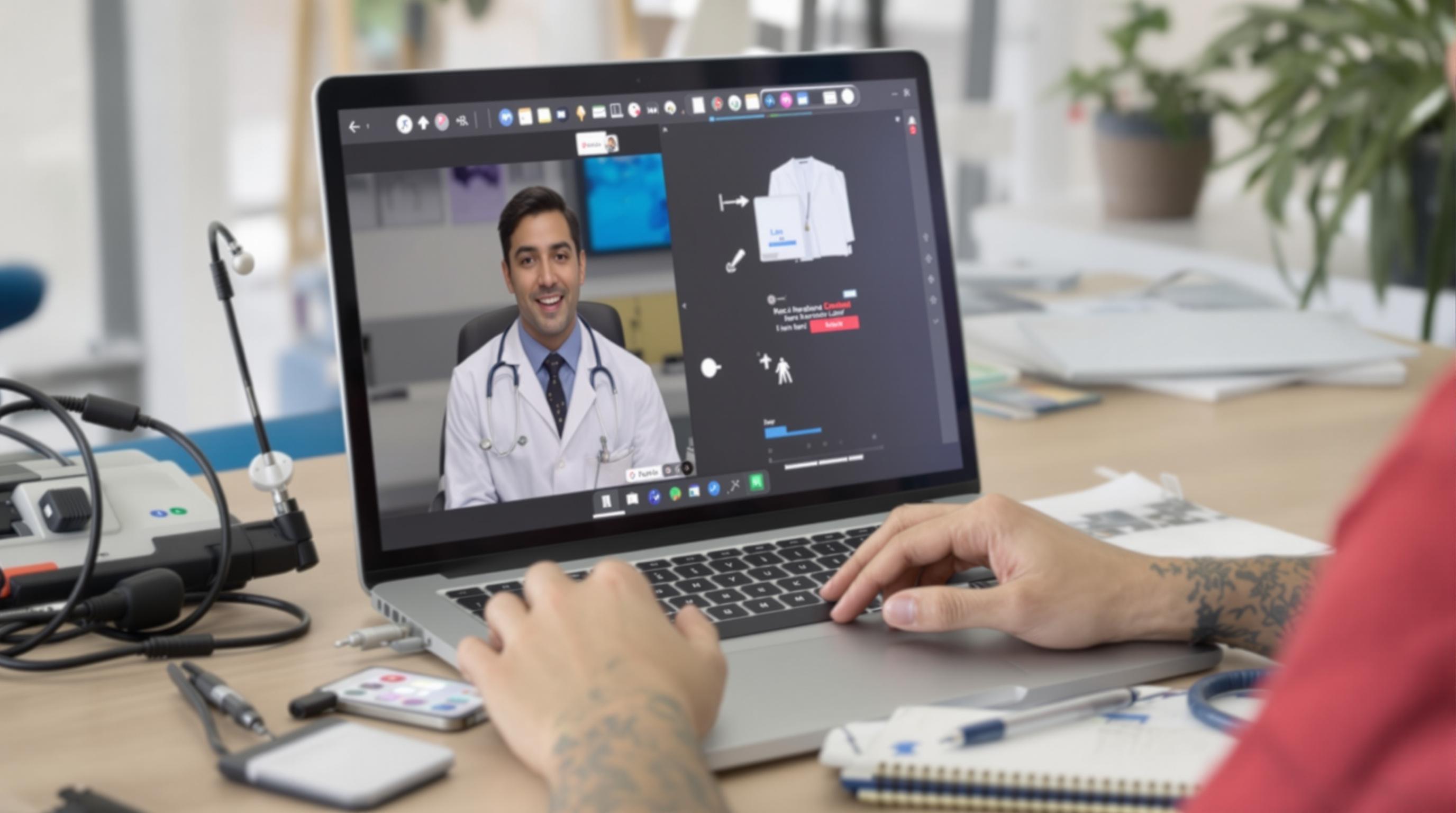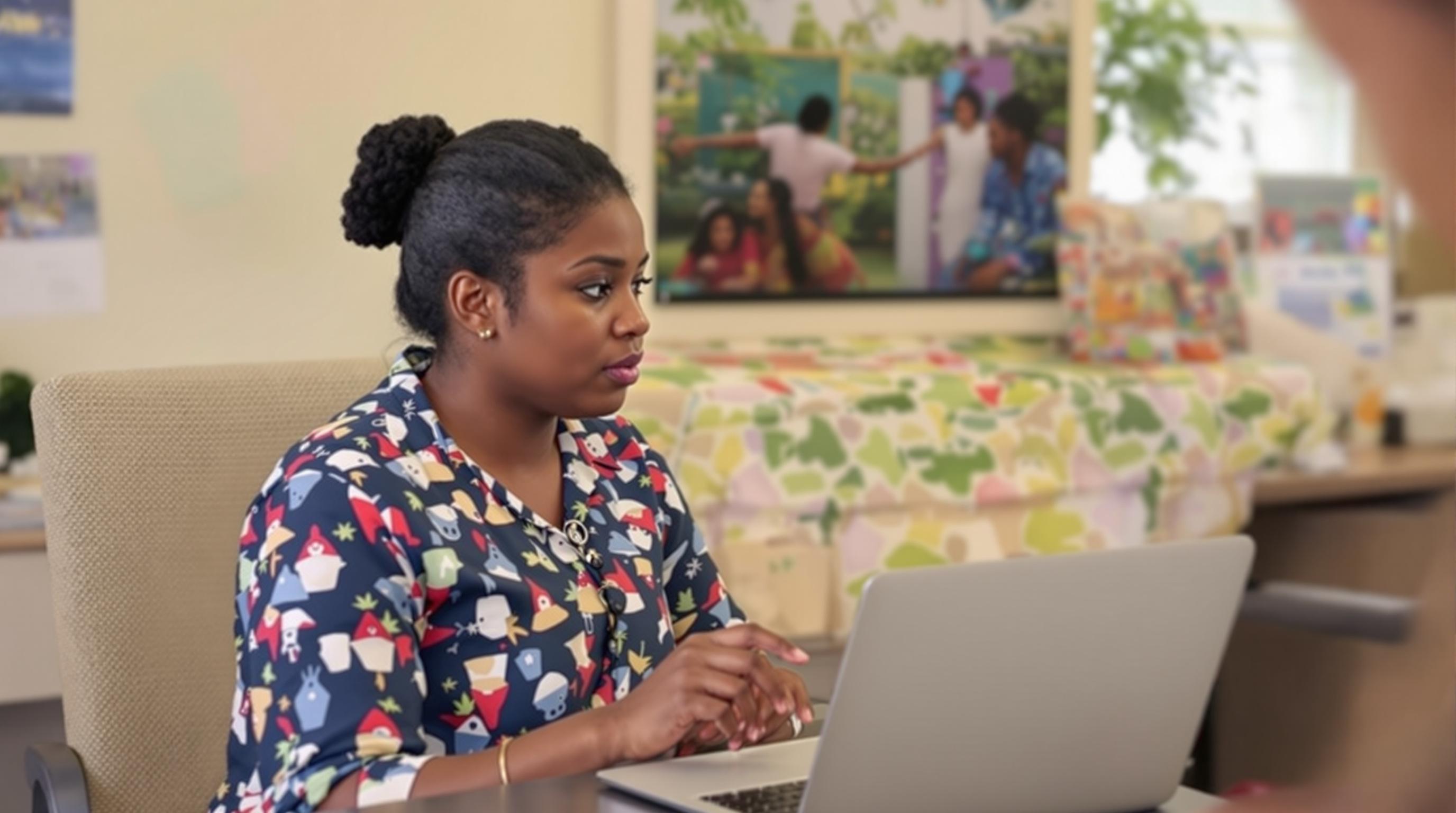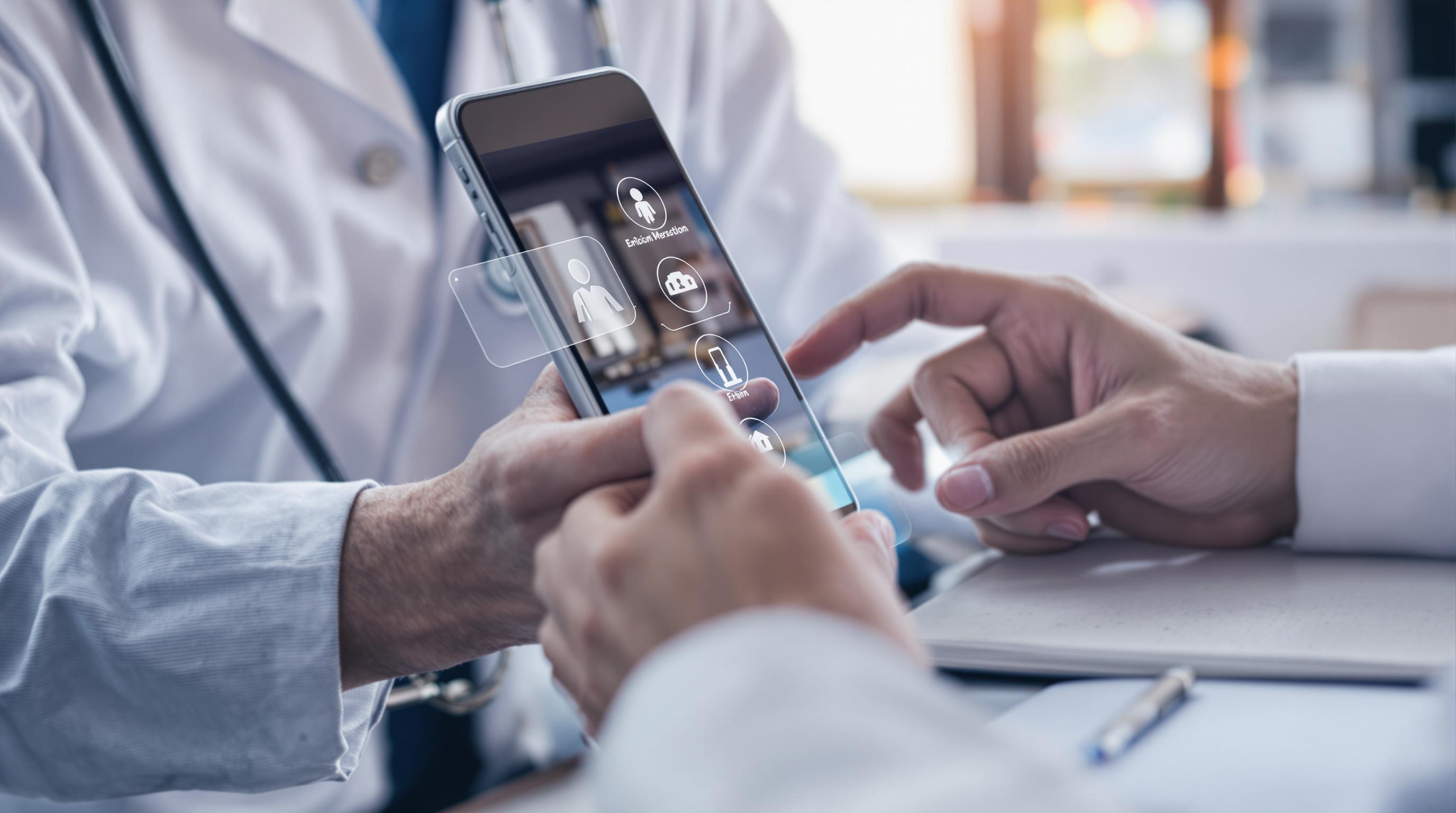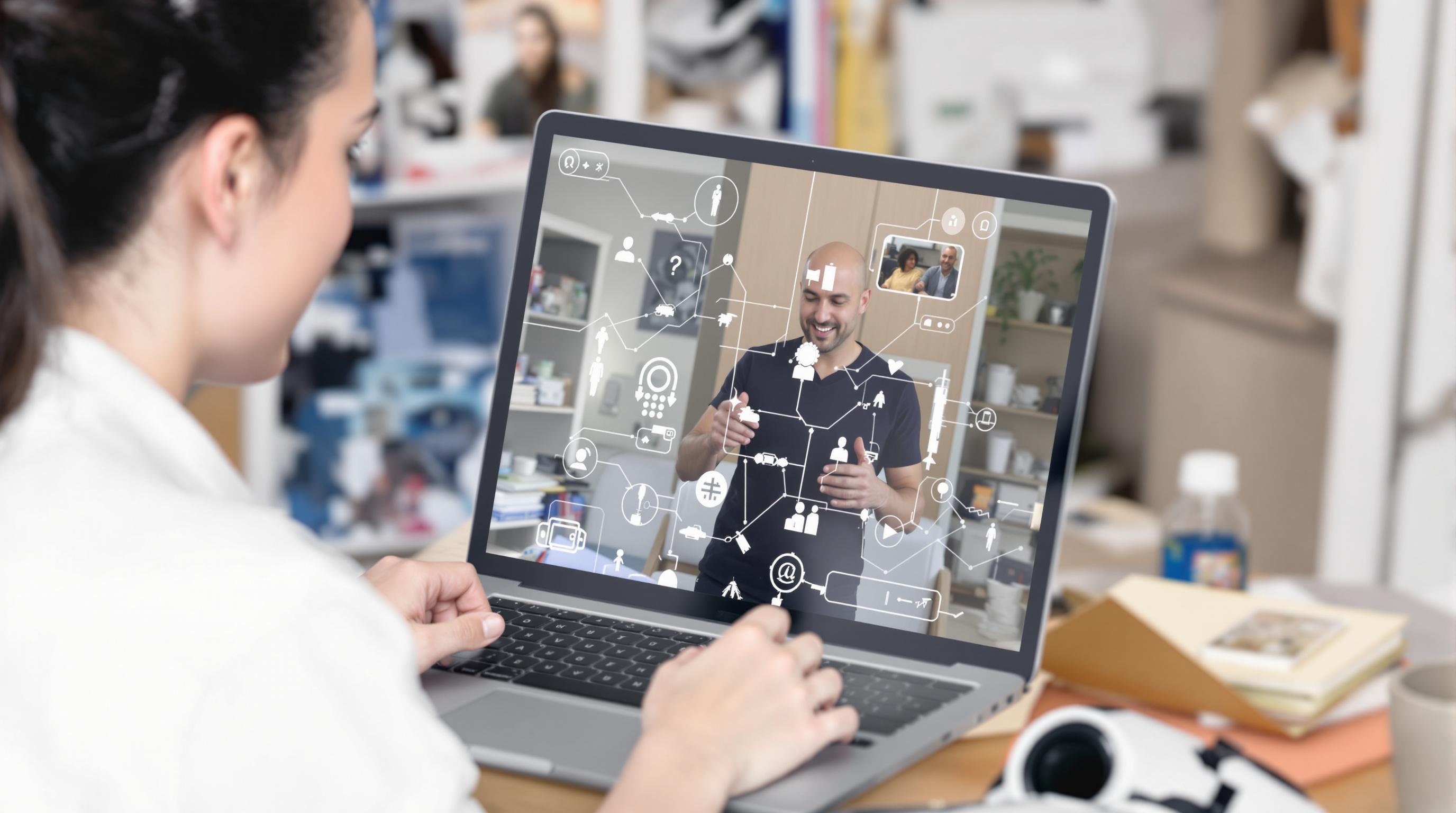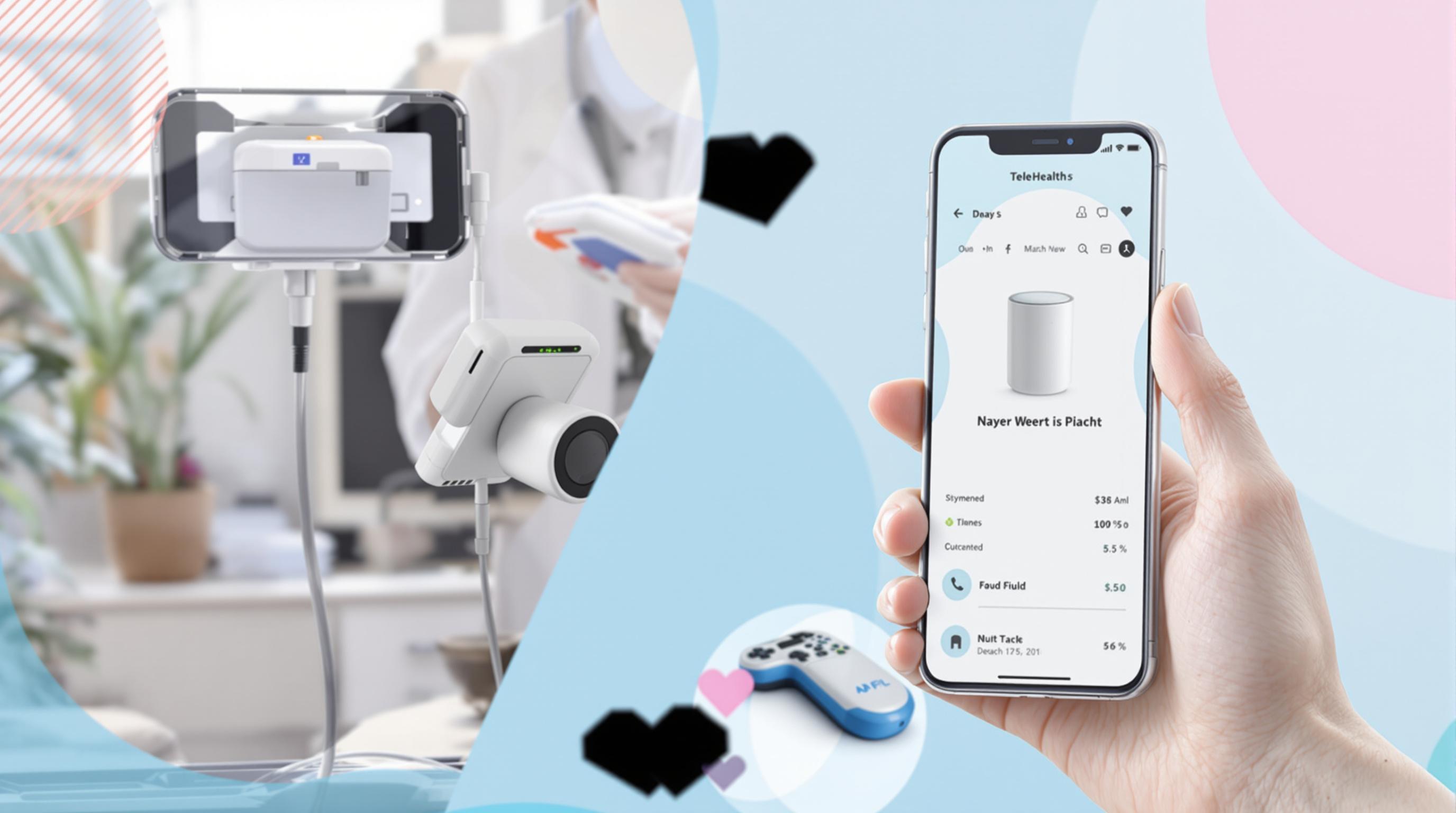Related Articles
- The Unexpected Impact of Environmental Factors on the Accuracy of Medication Dispensing Technologies
- Exploring the Influence of Mental Health Stigma on Accessibility and Affordability of Coverage in Modern Insurance Plans
- How Cloud Storage Quirks Are Quietly Complicating Patient Data Protection in Modern Healthcare Settings
- Top 6 Emerging Medical Billing Platforms Revolutionizing Practice Revenue Cycles Since 2019
- When Digital Distance Deepens Divide: Surprising Social Costs of Remote Health Services in Underserved Communities
- The Unexpected Role of EHR Usability in Physician Burnout and Strategies to Reclaim Workflow Balance
How Virtual Care is Reshaping Medical Education: Unexpected Lessons from Remote Clinical Training Environments
How Virtual Care is Reshaping Medical Education: Unexpected Lessons from Remote Clinical Training Environments
Virtual care is revolutionizing medical education in ways we never imagined, offering unique lessons from remote clinical training environments. This article explores how these digital transformations challenge traditional learning, enhance student skills, and shape the future of healthcare delivery.
A Personal Reflection from a 45-Year-Old Medical Educator
When I first started teaching medicine, the idea of conducting a clinical rotation over a screen was unfathomable. Fast forward to today, virtual care platforms have uprooted long-held norms, proving that empathy, diagnostic acumen, and patient rapport can be cultivated remotely. Surprising though it might be, remote training environments foster unexpected professional growth.
The Adaptation Curve: How Students Adjusted to Digital Clinics
At the outset of the COVID-19 pandemic, medical students faced abrupt shifts to telemedicine-based clinical experiences. A 2021 survey by the Association of American Medical Colleges (AAMC) revealed that 85% of students felt “initially challenged” but “significantly more prepared” after engaging with virtual patient consultations.
This learning curve, though steep, encouraged adaptability - a cornerstone of medical professionalism. Students learned to navigate virtual diagnostic tools, manage electronic health records efficiently, and enhance their communication skills to pick up subtle cues through video interactions.
Case Study: Telepsychiatry Training Improves Remote Diagnostic Skills
Consider the example of a psychiatry program at Johns Hopkins University. They integrated telepsychiatry into their curriculum, enabling students to conduct remote patient evaluations. Data showed a 30% increase in students’ confidence in mental health assessments when compared to previous cohorts trained solely in-person.
The virtual environment pushed students to sharpen their interview skills, often relying more heavily on verbal and facial expressions than physical exams, underscoring the importance of nuanced observation in telehealth.
From Chalkboards to Chatbots: Technological Evolution in Medical Training
Just as the stethoscope revolutionized diagnostics in the 19th century, telemedicine is reinventing how medical knowledge is passed down. The integration of AI-powered chatbots for clinical simulations allows students to practice decision-making in diverse scenarios safely.
For instance, AI tools now simulate patient responses in real-time, giving students immediate feedback on their clinical reasoning. This not only accelerates learning but also helps reduce the risk of errors when they encounter real patients later.
Stat Insight: Growth of Telemedicine in Medical Education
According to a 2023 report from the World Health Organization, more than 70% of medical schools globally have incorporated some form of virtual care training into their programs. This reflects a significant shift from a decade ago, when less than 10% utilized digital clinical teaching methods.
Humor Break: When the ‘Patient’ is Your Cat on Zoom
Let me be honest — virtual clinical sessions aren’t without their quirks. I've witnessed moments where a student's cat nonchalantly walked across the keyboard during a mock consult or a neighbor's loud lawn mower drowned out a critical patient query. While these interruptions bring laughter, they also prepare future doctors for the unpredictability of real-world telehealth encounters.
Equity and Access: Broadening the Horizons of Medical Training
One of the less obvious benefits of remote clinical training environments is expanded access. Students from rural or low-resource areas can participate in high-quality clinical experiences without the burden of travel or relocation.
Take Maria, a medical student in a remote Andean village who, before virtual care integration, had limited exposure to specialized rotations. Today, she regularly attends virtual rounds at a metropolitan hospital, learning alongside peers from across the globe.
Challenges Remain: The Digital Divide and Clinical Skill Gaps
Despite these advantages, obstacles persist. Technological disparities can hinder some learners, particularly in under-served regions lacking robust internet infrastructure. Moreover, certain hands-on skills, like palpation or auscultation, remain difficult to fully replicate virtually.
Healthcare educators must therefore balance remote and in-person training thoughtfully, ensuring comprehensive competency while maximizing the benefits of virtual care modalities.
Storytelling Moment: A Day in the Life of a Virtual Medical Student
Imagine Jane, a third-year med student quarantined at home. Her morning starts with a tele-round, watching the attending physician discuss a patient’s case through a video feed. Later, she practices patient interviews using standardized patients via Zoom, navigating both medical questions and the nuances of digital empathy. Evenings include interactive case studies with peers across different time zones.
Though detached physically, Jane’s educational journey remains rich, dynamic, and deeply collaborative.
Persuading the Skeptics: The Case for Virtual Training as a Permanent Fixture
Critics often argue that telemedicine is a temporary fix, but evidence suggests otherwise. A meta-analysis published in The Lancet Digital Health (2022) found that students engaged in blended learning combining virtual and in-person experiences outperformed counterparts trained exclusively on-site.
The argument here is clear: virtual care is not just a stopgap; it complements traditional pedagogy and prepares learners for the future landscape of health systems increasingly reliant on telehealth services.
Unexpected Lessons: Enhancing Doctor-Patient Communication
Remote clinical training compels students to refine verbal communication. Without physical proximity, they develop heightened skills in clarity, empathy, and active listening. These abilities translate well into busy clinics where time constraints require concise, effective patient interactions.
Example: Improved Patient Counseling via Telehealth
Studies have shown that telemedicine visits can increase patient satisfaction related to counseling on chronic disease management. Students practicing remotely learn to tailor their language and approaches thoughtfully, ensuring understanding despite the “screen barrier.”
Looking Ahead: Hybrid Models and Continuous Innovation
The future of medical education will likely center on hybrid models, blending the tactile with the virtual. Innovations such as virtual reality (VR) clinical simulations and augmented reality (AR) overlays are on the horizon, promising immersive experiences that could transform anatomy labs and surgical training.
Meanwhile, continuous feedback loops through virtual platforms allow educators to tailor curricula responsively, meeting the diverse needs of a new generation of learners.
Final Thought: Embracing Change to Cultivate Better Physicians
The journey into virtual clinical training is more than a technical upgrade; it is a profound cultural shift. It challenges educators and students alike to rethink traditional roles and environments. Embracing these changes with curiosity and resilience will cultivate physicians better equipped for a rapidly evolving healthcare landscape.
